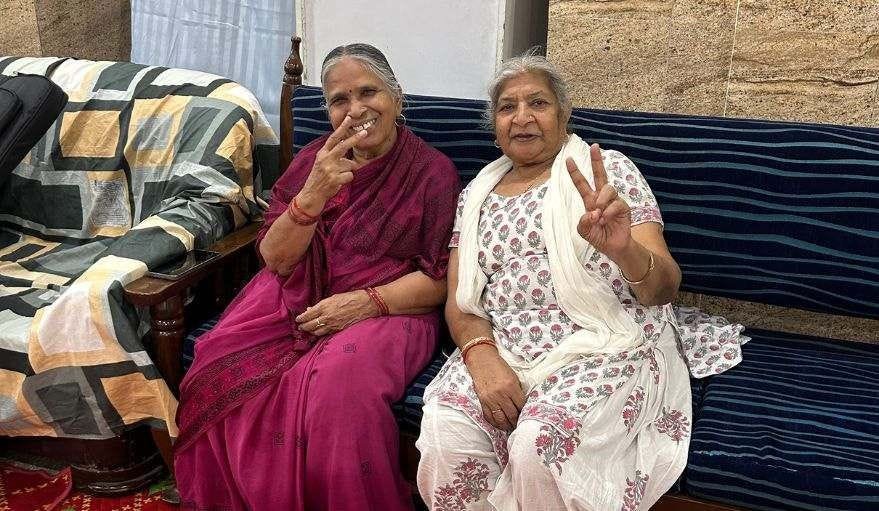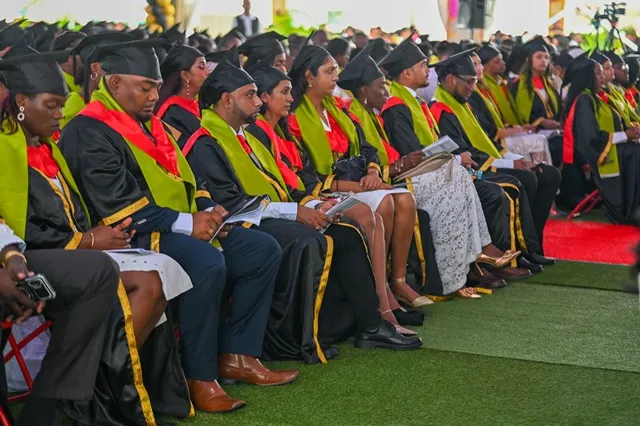Guyana’s political arena is gearing up for general elections, due in late 2025, with the ruling People’s Progressive Party/Civic (PPP/C) riding high on a platform of economic development and stability. The PPP/C government, led by President Irfaan Ali, is touting what it calls an unparalleled record of accomplishments during its five-year term: explosive GDP growth from newfound oil wealth, expansive infrastructure projects, and robust social programs. This narrative of prosperity and progress has been the centerpiece of PPP rallies and advertisements, aiming to convince voters that continuity will ensure Guyana’s rise benefits all citizens. PPP officials point to tangible outcomes – such as creating over 50,000 jobs, constructing thousands of homes, and reducing poverty through cash grants – as evidence that their “development for all” agenda is working. “No one can deny Guyana is better off today,” President Ali often proclaims at events, listing new highways, bridges, hospitals and schools built under his watch.
In concert with these claims, the PPP has crafted a message of national unity under its “One Guyana” initiative. The party’s strategists, including Vice President Bharrat Jagdeo, have been careful to frame development as inclusive of every ethnicity and region. High-profile outreach to Afro-Guyanese communities – from appointing respected figures to key posts to investing in long-neglected predominantly African villages – is a deliberate strategy to erode the opposition’s traditional base. The PPP’s landslide win in the 2023 Local Government Elections bolsters their narrative: they won 66 of 80 local areas and even doubled their vote share in Georgetown compared to 2018. PPP General Secretary Jagdeo declared it “clearly a wipeout” of the opposition, interpreting the results as broad endorsement of the government’s performance. Polling commissioned by independent observers appears to give PPP the edge nationally, thanks in large part to the feel-good factor of improved roads, cash transfers, and rising incomes in many households. The IMF’s praise for Guyana’s economic management has further been spun into campaign fodder – “even the international community approves,” as one PPP ad boasted.
Facing this momentum, the opposition coalition (A Partnership for National Unity, APNU, led by the PNCR party) and its erstwhile ally the AFC are trying to regain the narrative by homing in on governance and equality issues. Opposition Leader Aubrey Norton frequently charges that the government is mismanaging oil revenues and institutionalizing corruption, despite the development boom. He accuses the PPP of “reviving divide-and-rule tactics” – alleging that their outreach is a smokescreen while they practice favoritism behind the scenes. The opposition’s messaging highlights reports of rising cost of living and pockets of unemployment, arguing that the wealth isn’t trickling down fairly. At community meetings, Norton and other APNU figures list instances of what they call PPP’s broken promises: delayed public sector wage increases, or infrastructure projects in opposition constituencies that lag behind those in government areas. The aim is to seed doubt that the current prosperity is sustainable or benefiting everyone. To counter PPP’s unity theme, the opposition invokes instances of perceived government heavy-handedness – such as the contentious takeover of the Georgetown city council by a government-installed commission earlier in the term, or the cutting of state ads to opposition-friendly media – to paint the PPP as fundamentally undemocratic. “Dark clouds hang over Guyana today,” wrote one opposition-aligned columnist, claiming the PPP is “dangerously corrupt” and bent on enriching its cronies.
However, the opposition’s narrative has been undermined by internal turmoil. The APNU and AFC failed to renew their coalition, leading the AFC to announce a solo run in 2025. This split has led to confusion among some opposition supporters and has consumed media attention that might otherwise focus on the government’s flaws. Recognizing the disadvantage, both Norton and AFC Leader Nigel Hughes have lately softened their feud, leaving open the possibility of reuniting before Nomination Day. They share a common message that “a divided opposition only helps the PPP,” urging supporters to stay focused on the goal of preventing a one-party state. Yet until unity is resolved, the opposition’s ability to control the national narrative is weakened. PPP spokesmen have gleefully seized on the split, portraying the opposition as disorganized and power-hungry. State media coverage, which the opposition complains leans toward the government, has amplified PPP achievements while giving relatively scant attention to opposition press conferences – another hurdle for APNU+AFC in getting their story out.
Still, the election is not a foregone conclusion. Guyana’s politics historically can shift on ethnic loyalties and turnout dynamics. The opposition’s strategy hinges on stoking turnout in Region 4 (Demerara-Mahaica, which includes Georgetown) and Region 10 (Upper Demerara-Berbice, where Linden is) – both predominantly Afro-Guyanese areas that have been their strongholds. They argue that PPP development in those regions has been cosmetic, citing for example that Linden still lacks job opportunities beyond a new road here or there. Norton often reminds Lindeners about the PPP’s past neglect and urges, “Don’t be fooled by a few gifts now.” Additionally, the opposition is trying to appeal to Indo-Guyanese rice farmers and fishermen who suffered losses from flooding and see increased competition from foreign companies; APNU has promised more direct support to those groups, hoping to peel away some rural votes in Regions 2 and 3.
One wildcard narrative is the emergence of small third parties focusing on anti-corruption and youth issues. Parties like ANUG (A New and United Guyana) and LJP (Liberty and Justice Party) – which garnered minor votes last time – are again voicing that neither PPP nor PNC-led coalitions truly represent all Guyanese. They emphasize constitutional reform and inclusive governance beyond the race-based two-party system. While these groups are unlikely to win many seats, their narrative of moving past the old politics resonates with some urban youths and could influence the discourse in debates or the need for post-election alliances if there’s a narrow result.
Internationally, observers from the Commonwealth and CARICOM will be watching to ensure a fair process, which also influences domestic narratives. The PPP casts itself as a guardian of democracy (citing how it fought against alleged attempts by the previous APNU government to rig the 2020 election). APNU counters that the PPP in power might be using incumbency advantages to skew the field (mentioning a bloated voters list or use of state resources). These technical narratives about electoral integrity will grow louder as the election nears, each side attempting to pre-frame the outcome as legitimate only if they win. Already, the government moved to make biometrics part of voter verification, which PPP says will prevent fraud, while the opposition suspiciously labels it an unnecessary change that could confuse voters – again dueling narratives over the same issue.
In sum, the race to define the story of Guyana’s election is well underway. The PPP/C’s narrative of “we delivered prosperity, stay the course” currently dominates, bolstered by real economic upturns and a fractured opposition. The opposition strives to shift focus to governance, integrity, and equity – essentially asking voters, is this boom working for you and can you trust the government with another term? The coming months of campaigning will indicate which narrative gains traction. If pocketbook satisfaction prevails, the PPP’s storyline may carry the day. But if issues of fairness and fatigue with one-party dominance stir voters, the opposition could yet reshape the conversation. In Guyanese elections, narratives can be as decisive as numbers, and both sides are acutely aware that winning the hearts and minds precedes winning at the ballot box.
Region: National
Sources: guyanatimesgy.cominewsguyana.com
- Elections 2025: Guyana Enters Defining Season with Stability on the Ballot
- Election Tracker: Battleground Regions – Georgetown and Linden Hold Key to 2025 Polls
- On World Press Freedom Day, President Ali Warns Against Misinformation in Election Year
- President Ali sets Sept. 1 election, Guyana heads to polls




